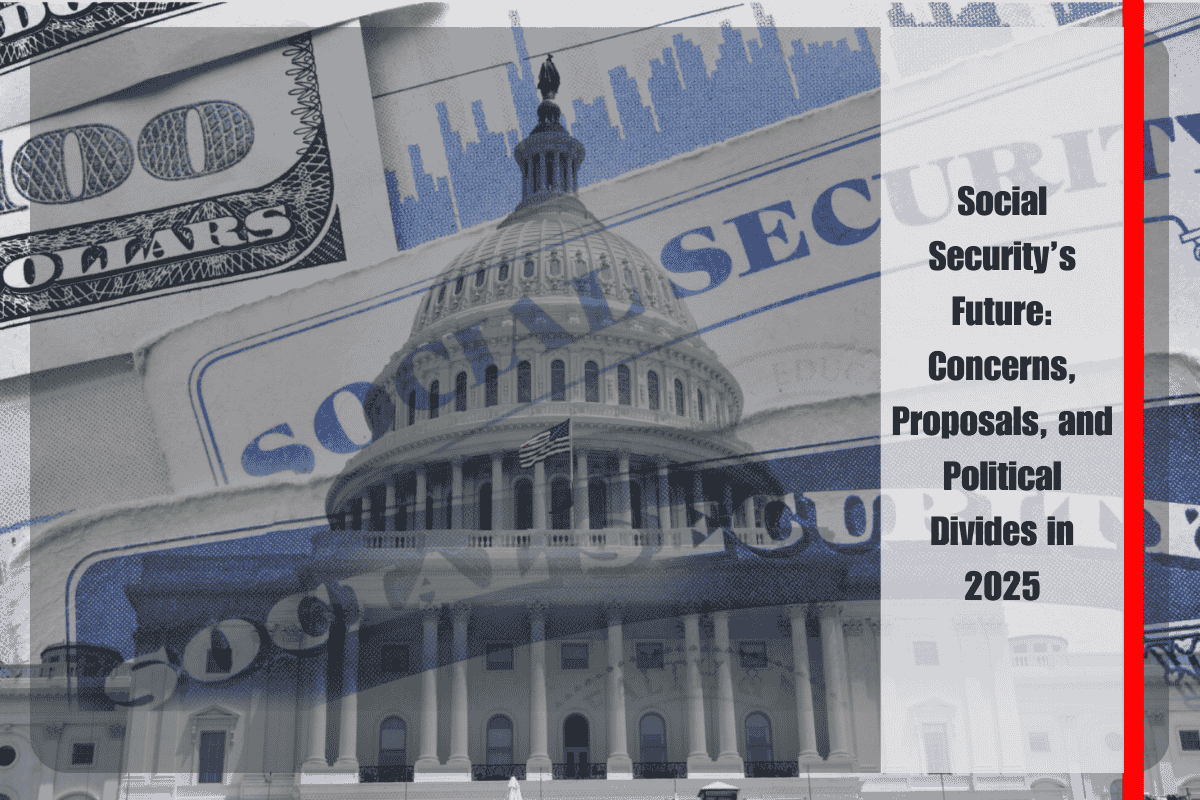If you’re waiting for your Social Security payment in July 2025, here’s how the schedule works: Beneficiaries born between the 1st and 10th of the month received their deposits on July 9th. Those with mid-month birthdays (11th-20th) saw payments on July 16th, and those born between the 21st and 31st will receive their funds today, July 23rd.
However, there are some exceptions to the standard schedule. If you started collecting benefits before May 1997—such as some SSI recipients and overseas residents—your payment arrived earlier on July 3rd. Additionally, if you only receive Supplemental Security Income (SSI), your payment was already issued on July 1st.
Who Depends on Social Security and SSI?
As of this spring, around 73.9 million Americans received Social Security or SSI benefits, representing roughly 1 in 5 U.S. adults, according to Pew Research data. The largest group, about 52.6 million, consists of retired workers. However, there are also 7.2 million disabled workers receiving Social Security Disability Insurance (SSDI), 5.8 million survivors of deceased beneficiaries, and their spouses and children. Additionally, roughly 4.9 million individuals receive both Social Security and SSI, often due to severe financial hardship.
In May 2025, a milestone was reached: the typical retired worker’s check finally passed $2,000, reaching $2,002.39. However, this figure is somewhat misleading, as when considering family benefits (spouses and children), the average drops to $1,950.27. The difference exists because family benefits dilute the average amount.
Your claiming age has a significant impact on your monthly benefit. If you retire at 70, you could receive the maximum monthly payout of $5,108. At full retirement age, the maximum is $4,018, while claiming early at 62 results in a much lower benefit of $2,831 per month.
How Much Does Social Security Pay Out?
The scale of Social Security payments is substantial. In just one month, Social Security disbursed $108 billion to retirees. Projections suggest that total payouts for 2025 will approach $1.6 trillion. To reach the maximum monthly benefit of $5,108, a beneficiary would need to meet near-perfect conditions, such as earning at least $176,100 annually for 35 years and delaying retirement until age 70. Few people achieve both of these criteria.
Why Did Social Security Payments Increase in 2025?
Two factors contributed to an increase in Social Security payments this year. First, the annual Cost-of-Living Adjustment (COLA) of 2.5% raised the average benefit from $1,927 to $1,976. While this increase isn’t drastic, it’s still meaningful, especially amid rising living costs, particularly for essentials like food and healthcare.
Second, the passage of the Social Security Fairness Act in January 2025 resulted in a major change for public sector workers. The Act eliminated pension penalties for nearly 3 million teachers, firefighters, and other public servants. Many of these workers received retroactive payments averaging $6,710 through early July, providing additional financial relief.
The $1 Million Retirement Myth: Is It Enough?
There’s a common belief that you need $1 million saved up to retire comfortably. However, this figure is more of a starting point than a strict requirement. Your lifestyle, location, and financial needs all play a significant role in determining how much money you’ll need to retire comfortably. For example, $1 million might go a long way in a rural area like Italy, but it could quickly dwindle in an expensive city like Miami, especially if you have luxury tastes.
Inflation also plays a key role in reducing your purchasing power over time. What seems like a large sum today—$1 million—could feel like only $500,000 in 20 years due to inflation. Additionally, if you’re retiring early at 60, you might need enough savings to last 30+ years.
The famous 4% rule suggests that you can safely withdraw $40,000 each year from a $1 million nest egg (adjusted for inflation). But this rule is not foolproof. Market crashes or unexpected expenses can disrupt your retirement plan. Other income sources, such as Social Security or a pension, can make a big difference. If you have Social Security benefits or a pension, your income could total $60,000 or more, which would make it easier to cover your living expenses.
Updated Retirement Savings Recommendations
Modern financial advisors recommend saving more than just $1 million. Fidelity, for example, suggests having 10 times your final salary saved by age 67—an amount that could easily surpass $1.4 million in expensive states. Other advisors advocate saving 25 times your annual expenses.
To build a solid retirement plan, it’s helpful to track your current yearly spending and then add 3% for inflation each year. Subtract any non-investment income you expect, like Social Security, and cover the rest by withdrawing 4% from your savings. Adjust for your retirement age, as early retirement can be costly due to health insurance needs, and consider your location (retiring in rural Italy vs. NYC, for example).
Aiming to replace 70-80% of your pre-retirement income is a solid goal. For example, if you currently spend $50,000 per year, you should target savings of $1.25 million to ensure a comfortable retirement. Ultimately, the amount you need for retirement depends on your lifestyle, health, and goals, not just a simple number like $1 million.












